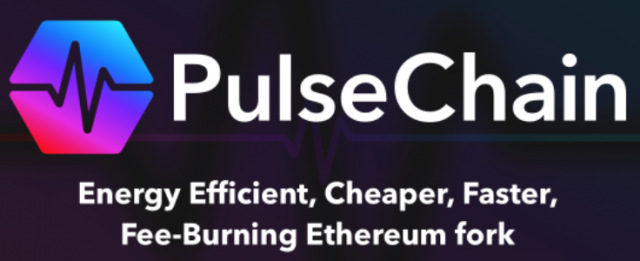PulseChain is a public blockchain platform focusing on fast transactions, low fees, and eco-friendliness. Being a stateful fork of Ethereum means that it gives all Ethereum users a copy of their balances so they can immediately transact without crossing bridges or without claiming anything.
PulseChain is doing something no one else tried before – it’s launching a blockchain that is already populated with contracts and user balances.
Consensus model
Ethereum’s consensus model is Proof of Work and that of Binance Smart Chain is Proof of Authority. By forking Ethereum, PulseChain wanted to move on from a high energy consumption PoW to a more energy-efficient system.
This is why it took the BSC’s consensus model, modified it to suit the needs of Ethereum, and ushered in a new algorithm called Proof of Staked Authority (PoSA). This consensus is aiming to solve the trilemma of scalability, security, and decentralization.
PulseChain has hundreds of nodes and 33 of them become validating nodes when they have enough stake in their account. Rotation every 24 hours ensures that the set of validating nodes can be updated so that new nodes can replace the old ones if they have enough at stake.
Slashing validators for misbehavior like failing to produce blocks or removing them entirely from rotation means that only the best performing nodes can produce blocks. This mechanism ensures that the network has always the best uptime, is secure, and efficient.
The users participate in consensus by staking their PLS tokens to a validator. They receive a reward for this which is a source of passive income. The reward comes from the total number of transaction fees performed on PulseChain. 75% of these fees go to the validators and 25% are burned making PLS token a deflationary currency.
Each validator gets a share of the 75% fee pool depending on the quantity of staked tokens present on his account. A validator establishes how much of his pay should be shared with the delegators who elected him.
The burning mechanism and the revenue share model are what make PLS so different from ETH. ETH is inflationary and doesn’t reward users with ETH. It punishes them with very high fees each time the chain experiences high transaction frequency.
Transaction fees
One of the main reasons why Richard Heart wanted to launch PulseChain was because the HEX community is experiencing very high transaction fees on the Ethereum blockchain. It’s been calculated that to end a 5555-day-long HEX stake, a user will need on average 1 ETH. At the peak time, HEX users were forced to end their stakes by paying over $1000 of gas fees.
NFT creators often need to spend more than $3000 on fees to sell their tokens while a simple USDT transfer may cost even $1000 when there are too many transactions on the network. Ethereum’s scalability issues have been known since the CryptoKitties era and the Ethereum community is trying to solve them with the transition to Ethereum 2.0. This upgrade with the
change of consensus to PoS is always delayed though. PulseChain is not waiting and copies Ethereum changing the algorithm and giving everyone a copy of balances to be used on a faster and cheaper chain.
If you want to dig deeper in this cryptocurrency ecosystem, you can check out more Pulsechain info here.
Pulse token – PLS
After the fork, every Ethereum token is copied to PulseChain and it becomes PLS. PLS is a PRC-20 token. The total supply of PLS will be about 1,000,000 greater than ETH and all other tokens’ supply will get inflated by 10,000x upon forking. Contrary to ETH, PLS is deflationary and finds more utility on PulseChain.
With PulseChain mainnet launch, every Ethereum user has all his balances there by default. Users can trade their Cryptopunks, participate in DeFi, trade, and stake from day one without crossing bridges or installing additional wallets. PulseChain is an energy-efficient version of Ethereum.









